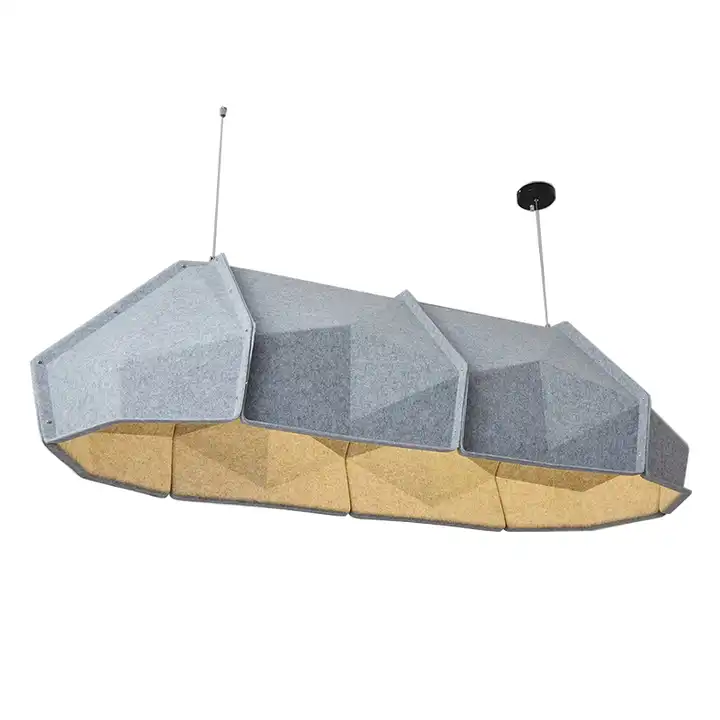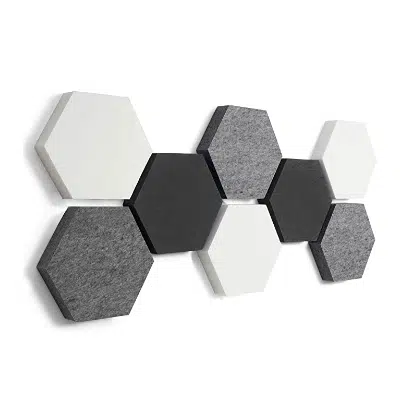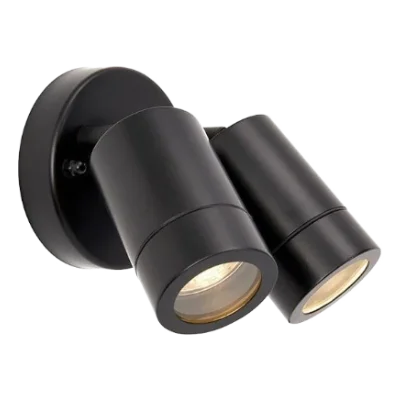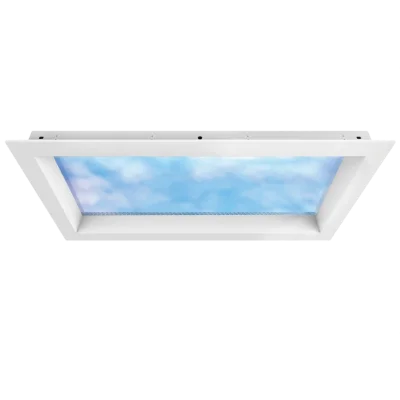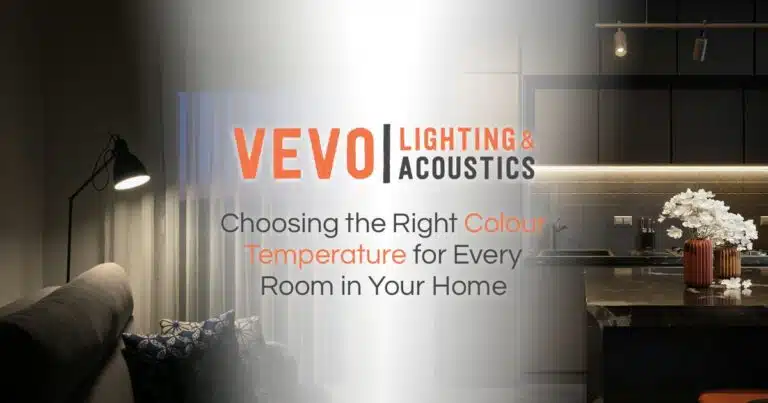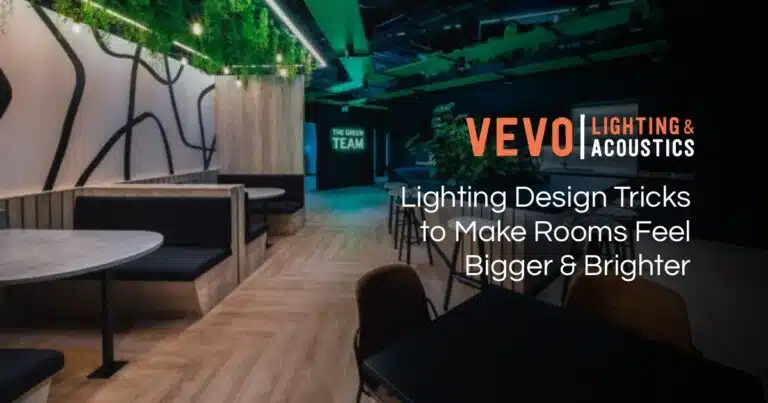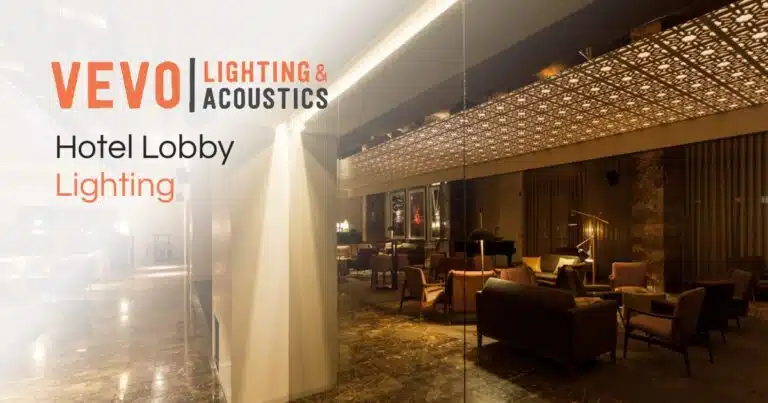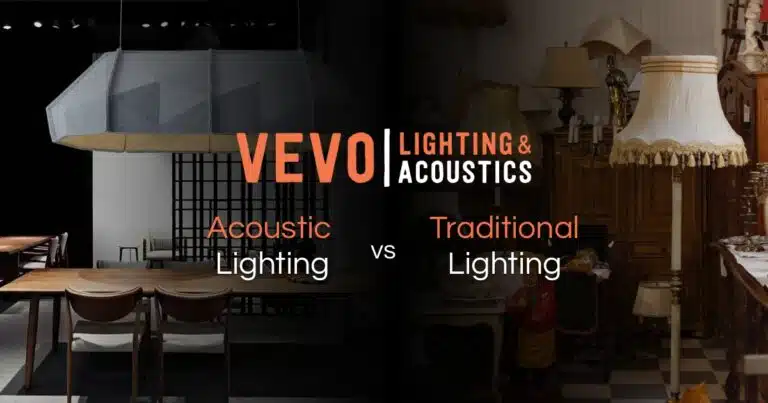Lighting plays a crucial role in how we experience our homes — not just in terms of brightness, but also ambience, mood, and comfort. One of the most important factors in lighting design is colour temperature, which refers to the warmth or coolness of a light source. Choosing the right colour temperature for each room can completely transform how your space looks and feels.
Here’s a practical guide to help you select the perfect colour temperature for every room in your home.
What Is Colour Temperature?
Colour temperature is measured in Kelvins (K) and determines the hue of the light a bulb emits. Lower values produce warmer, yellow-toned light, while higher values result in cooler, blue-toned light.
- Warm White (2,200K–3,000K): Soft, cosy, amber-toned light.
- Neutral White (3,500K–4,000K): Balanced, clear light — neither too warm nor too cool.
- Cool White / Daylight (4,000K–6,500K): Bright, energising light with bluish tones.
Different spaces in your home serve different purposes — and your lighting should reflect that.
Living Room: Warm and Welcoming (2,700K–3,000K)
Your living room is a space for relaxation, socialising, and winding down. A warm white light helps to create a cosy, inviting atmosphere perfect for evenings and downtime.
- Use soft, diffused lighting from table lamps, floor lamps or wall lights.
- Consider dimmable bulbs for added flexibility depending on time of day or mood.
- Avoid overly cool tones — they can feel harsh and uninviting in social spaces.
Kitchen: Bright and Functional (3,500K–4,000K)
Kitchens are task-oriented spaces that require clear, bright lighting for cooking and food prep. Neutral to cool white light offers the best clarity without feeling clinical.
- Opt for under-cabinet lighting to reduce shadows on worktops.
- Pendant lights over kitchen islands or dining counters should be bright and focused.
- Avoid overly warm lighting here, as it can distort the appearance of food.
Bedroom: Calm and Comforting (2,200K–2,700K)
The bedroom should feel tranquil and restful — so very warm lighting is ideal. It creates a soft, soothing glow that encourages relaxation and better sleep.
- Bedside lamps or wall-mounted lights should use warm, low-Kelvin bulbs.
- Avoid cool white or daylight bulbs, which can interfere with your circadian rhythm.
- Consider smart bulbs that gradually dim in the evening to help you unwind naturally.
Bathroom: Clean and Clear (4,000K–5,000K)
In the bathroom, lighting should mimic natural daylight to ensure good visibility — especially for grooming tasks like shaving or applying makeup.
Use cool white lighting around mirrors or vanity areas for true colour rendering.
Overhead lighting can be cooler, but ambient options around baths can be warmer for evening use.
Consider layered lighting to switch between task and mood lighting when needed.
Home Office: Focused and Energising (4,000K–5,000K)
If you work or study from home, lighting can have a direct impact on your concentration and productivity. Cool white light keeps you alert, focused, and energised throughout the day.
Desk lamps and overhead lights should have a colour temperature of 4,000K or higher.
Ensure even lighting across your workspace to avoid eye strain.
Avoid warm lighting here — it may feel too dim and relaxed for focused work.
Dining Room: Flexible and Atmospheric (2,700K–3,500K)
Dining areas benefit from warm, ambient lighting to set a comfortable and sociable tone. However, if the space is also used for reading, hobbies or working, a slightly higher colour temperature may offer more versatility.
- Use pendant lighting over the dining table in the 2,700K–3,000K range.
- Dimmer switches are a great addition to create an adaptable dining atmosphere.
- Wall sconces or decorative fittings can add depth and warmth to the space.
Hallways & Corridors: Inviting and Practical (3,000K–3,500K)
These transitional spaces need to feel safe, bright, and welcoming. A neutral white light is often ideal — bright enough to navigate easily, but warm enough to feel inviting.
- Choose fittings that distribute light evenly to avoid shadows or dark corners.
- Decorative wall lights or ceiling-mounted fittings can enhance the space without overpowering it.
Final Thoughts
Choosing the right colour temperature is about finding the perfect balance between functionality and mood. By tailoring the lighting tone to suit each room’s purpose, you’ll not only improve the aesthetics of your space — you’ll also enhance your comfort, wellbeing and lifestyle.
Need help designing your lighting scheme? At VEVO Lighting & Acoustics, we help homeowners and professionals get it right — from consultation to specification and installation.
Designed. Supplied. Installed.


